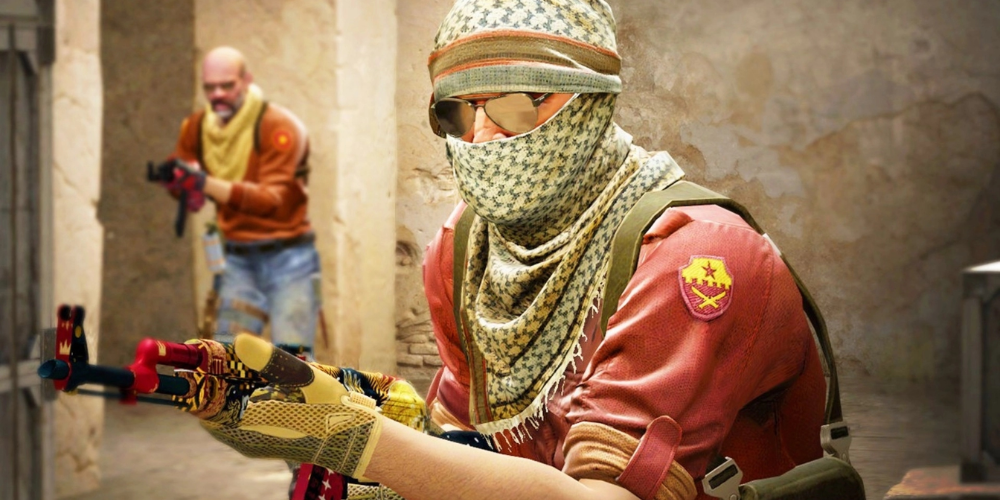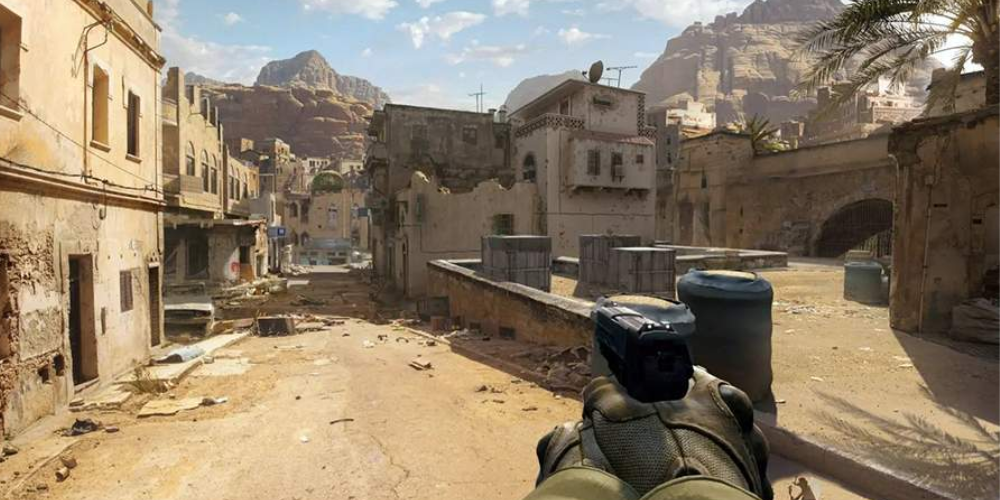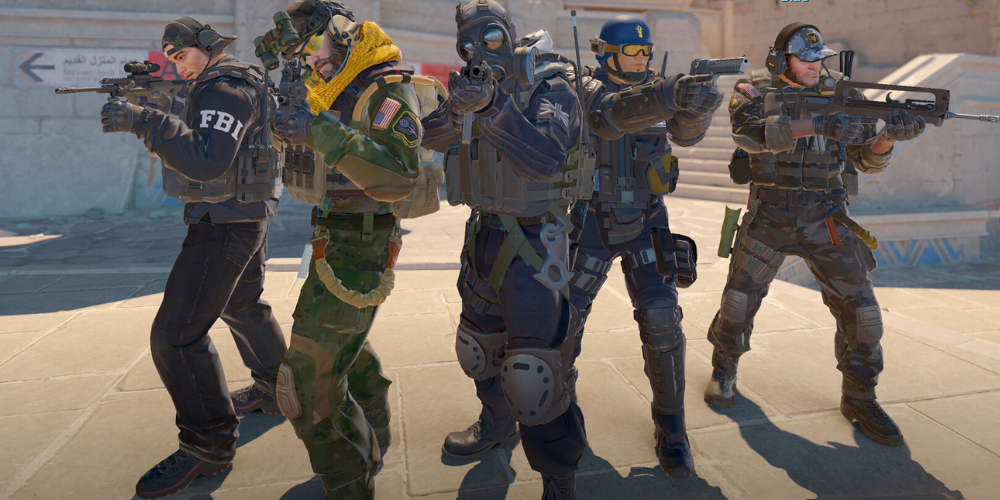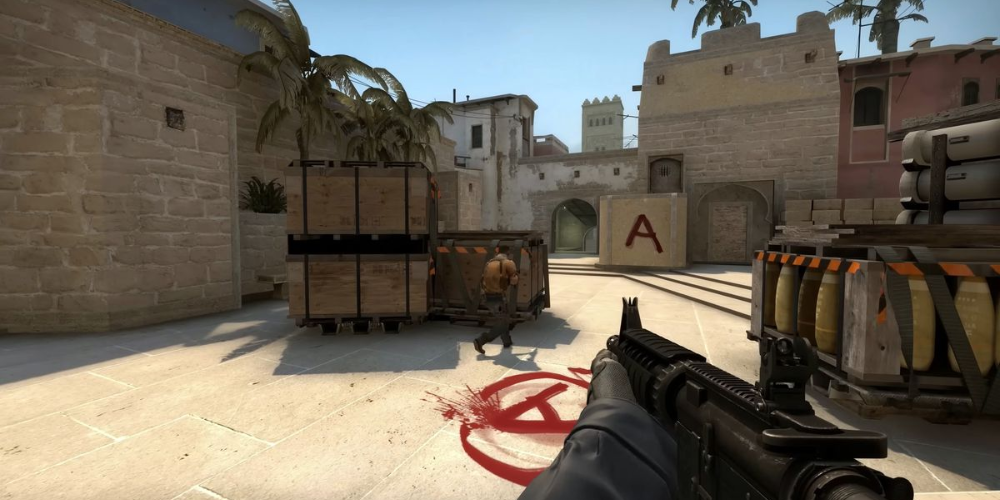Mastering Maps in CS:GO
- May 17, 2024
- 388

When it comes to mastering Counter-Strike: Global Offensive (CS:GO), understanding the layout of each map is crucial. Every map in CS:GO has its unique design, choke points, and strategic zones. Recognizing these elements not only enhances your gameplay but significantly increases your chances of winning. Each map, whether it's Dust II, Inferno, or Mirage, has distinct lanes, bombsites, and sniper nests that you must familiarize yourself with.
Understanding the layout isn't just about memorizing paths; it's about interpreting how these paths can be used strategically during gameplay. For instance, knowing that the B site on Dust II can be accessed through three different routes allows teams to plan multipronged attacks or defenses. By thoroughly understanding each map's layout, you prepare yourself to anticipate enemy moves and counteract them effectively.
The Art of Using Grenades on Different Maps
Grenades in CS:GO are invaluable tools that can swing the tide of any round. Each map offers unique opportunities and challenges for grenade usage. Learning the optimal spots for throwing grenades can block enemy sightlines, force opponents out of strongholds, or secure your team's advancement. For example, mastering the smoke grenades on Mirage can help your team safely cross to the A site, while a well-placed incendiary grenade in Inferno's Banana can stop a rush in its tracks.

It isn’t enough to just know these locations; practice is key. Spend time in training maps designed specifically for practicing grenade throws. This repetition will help ingrain these into your muscle memory, allowing for quicker and more accurate execution during high-pressure situations.
Strategic Positioning and Timing in Gameplay
Your position on a map can determine your team's success or failure in a round. Each map in CS:GO is designed with specific angles that benefit the player, often referred to as ‘power positions’. These are spots that offer a strategic advantage in terms of sightlines, cover, and escape routes. For example, holding 'Pit' on Dust II provides a wide view of the A site while offering cover and a lower risk of being flashed.
Timing also plays a crucial role in CS:GO. The timing of your movements, peeks, and even reloads can significantly influence the outcome of your encounters. It’s important to learn the common timings for each map, like when to expect the first enemy contact and the timing discrepancies between different spawn points.
Communication: The Key to Team Synchronization
Effective communication can make or break a game in CS:GO. It's vital to provide your teammates with quick, clear, and accurate information about enemy positions, your intended actions, or when you’re requiring assistance. On complex maps, this communication ensures that all players are synchronized in their tactics and movements.

Utilize standardized callouts for map locations which are universally understood among CS:GO players. These callouts can be found on various online platforms or community guides. Regular practice with a consistent team enhances communication as you develop a feel for each other's playstyle and preferences.
Learning Through Watching Professionals
One of the best ways to improve your map knowledge and strategies is observing professional players. Tournaments and professional streams provide a plethora of examples of high-level play. Notice how pros handle specific segments of a map, the angles they hold, how they react to being flashed or smoked, and listen to their communication.
This observational learning can be supplemented by looking at breakdowns or tutorials that many professional players and coaches upload. Insight from these sessions can provide strategic nuances that aren't immediately apparent to less experienced players.
Innovative Practices for Challenging Scenarios
As you grow more comfortable with various maps in CS:GO, it's beneficial to start practicing unconventional strategies that could give you an edge in challenging scenarios. Developing these tactics often involves simulating numerous in-game situations and experimenting with different approaches to find what works best.

For instance, in a map like Overpass, trying aggressive pushes or unconventional lurks can surprise your opponents and shift the dynamic of the game. Play around with different weapons and utility usage that aren't traditionally popular, as these could provide novel ways to approach situations that opponents might not expect.
Continuous Learning and Adaptation
Finally, mastering maps in CS:GO is an ongoing process. The game continuously evolves, featuring updates that can alter the configurations of maps, the effectiveness of weapons, and the usefulness of grenades. Staying updated with these changes, continuously practicing, and adapting your strategies are key to staying competent in competitive play.
Engaging in community forums, watching recent professional games, and practicing regularly will keep your skills sharp and your knowledge updated. With dedication and strategic planning, becoming an expert at any map in CS:GO is within your reach.
Conclusion
Mastering maps in CS:GO is an essential skill that requires understanding intricate map layouts, practicing with utilities, and maintaining effective communication with teammates. By learning from professionals, continually adapting to game updates, and experimenting with innovative strategies, players can significantly improve their gameplay and competitive edge. Keep in mind, achieving mastery is not a final destination, but rather an ongoing process of education and enhancement within the ever-evolving realm of CS:GO.